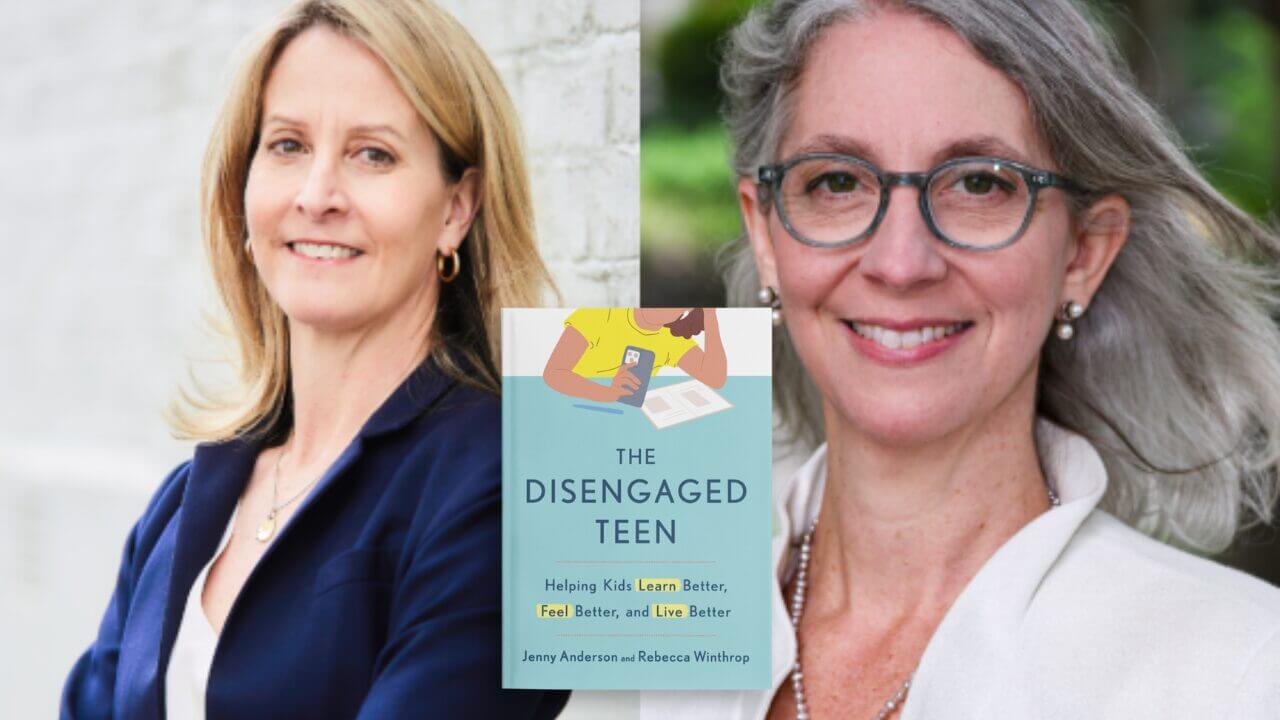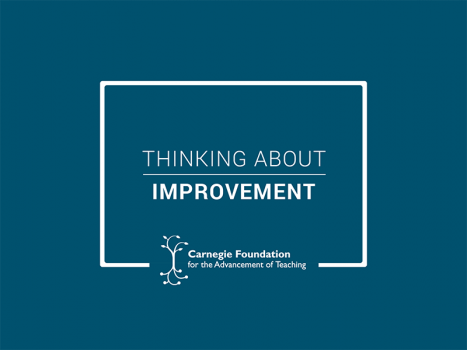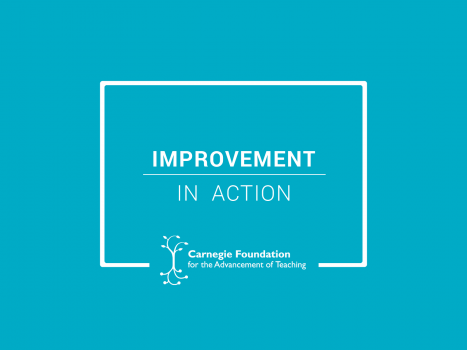Editor’s note: The Carnegie Foundation is partnering with the University of Michigan School of Education on a series of massive open online courses, or MOOCs, designed to help teachers, teacher leaders, and school officials improve learning outcomes for all students. Over the next few months, we’ll be posting blogs that highlight key lessons, and we’ll hear what teachers and administrators say they’re learning from the courses. A version of this blog post, written by Donald J. Peurach, Associate Professor of Educational Policy, Leadership, and Innovation in the School of Education University of Michigan and Senior Fellow at the Carnegie Foundation for the Advancement of Teaching, appeared in Education Week on January 23, 2017.
Educational leaders in the U.S. and around the world are being pressed to transform their organizations to support ambitious instruction in classrooms.
The hallmark of ambitious instruction is teaching and learning that moves beyond the straightforward communication of facts and skills to instruction that has teachers and students making meaning of rich academic content, co-engaging in authentic practical and intellectual puzzles, and creating new knowledge and capabilities in themselves and others.
In the U.S. and abroad, this type of ambitious instruction sits at the very center of policy-driven educational improvement efforts, with schools and systems pressed to engage students in deeper learning and the development of 21st century skills.
Many efforts to lead this type of change do not focus on the core work of teaching and learning, but instead, on restructuring the school-level and system-level resources and incentives that surround teaching and learning. For example, leaders often focus on such matters as establishing performance standards and accountability systems, cultivating norms of responsibility and improvement, creating or acquiring curriculum frameworks and resources, and/or establishing assessment and data systems.
A problem, however, is that this “educational surround” is often constructed absent deep knowledge of precisely what is being asked anew of teachers and students in classrooms. As a consequence, these efforts are often weakly coordinated with the work of teachers and students, and have little effect on their day-to-day interactions.
Our aim is to develop leaders' capabilities to collaborate in thinking, reasoning, and strategizing about the meaning and pursuit of ambitious instruction in classrooms.
An alternative approach — one responsive to the push for deeper learning and 21st century skills — would begin with a careful examination of the work of ambitious instruction. With that as its beginning point and nucleus, the approach would move outward: to a careful examination of systems thinking as an approach to building coordinated, school-level and system-level supports for ambitious instruction; and, from there, to a careful examination of the diverse, distributed leadership teams needed to develop and leverage those supports.
I have been collaborating with colleagues in the University of Michigan’s School of Education and Ross School of Business to develop a massive open online course that moves aspiring and practicing educational leaders through precisely this progression. In this course, Leading Ambitious Teaching and Learning, our aim is to develop leaders’ capabilities to collaborate in thinking, reasoning, and strategizing about the meaning and pursuit of ambitious instruction in classrooms.
Leading Ambitious Teaching and Learning launched this week with more than 6,000 students from around the world, including the United States, India, Canada, the United Kingdom, and Brazil. It is the gateway to a new, five-course MicroMasters in Leading Educational Innovation and Improvement developed in collaboration with the Carnegie Foundation for the Advancement of Teaching. The MicroMasters will take learners even further, into:
- Research and case studies on innovative, large scale learning systems.
- Principles and practices of improvement science as advanced by the Carnegie Foundation for the Advancement of Teaching.
- Formal methods for applying improvement science to different categories of educational problems.
Through this structure, the MicroMasters will support a diverse array of learners seeking the knowledge and capabilities needed to respond to new needs, opportunities, and pressures to advance more ambitious instruction in classrooms, at a large scale.
More importantly, the MicroMasters will welcome this diverse array of learners into a new community of educational leaders committed to improving educational opportunities and outcomes for students in the US and around the world.
Registration in ongoing for Leading Ambitious Teaching and Learning and the entire five-course MicroMasters in Leading Educational Innovation and Improvement. The courses are free, but charge a fee for students seeking to earn a MicroMasters credential.
January 15, 2017
Dr. Martin Luther King, Jr. spoke of the fierce urgency of now as an immediate call to action for justice, writes UCLA education professor Louis Gomez.
February 3, 2017
Continuous improvement is gaining adherents in education for its evidence-based and structured methodology to creating lasting, effective changes to improve student achievement. Two Wisconsin superintendents share lessons learned as pioneers of the improvement process.







